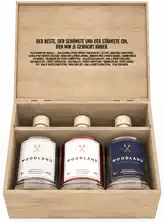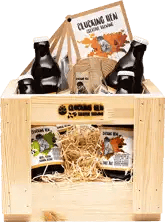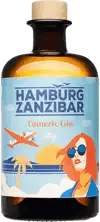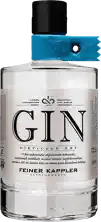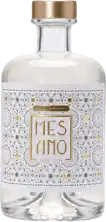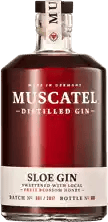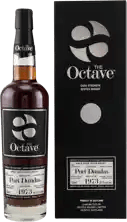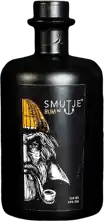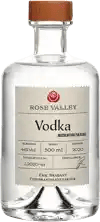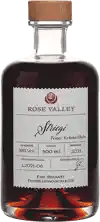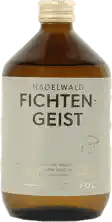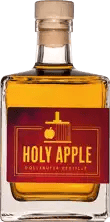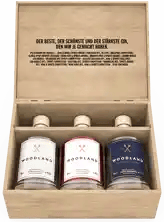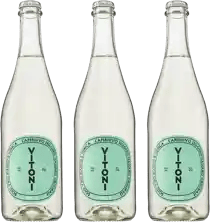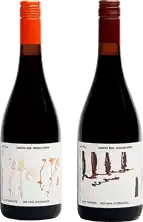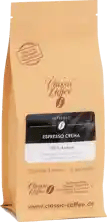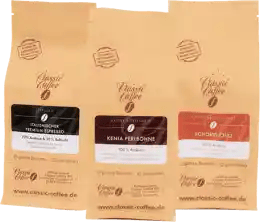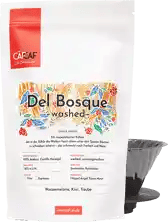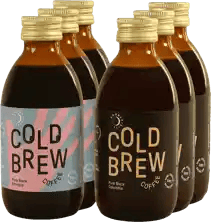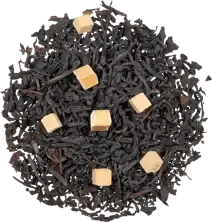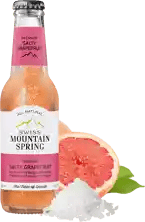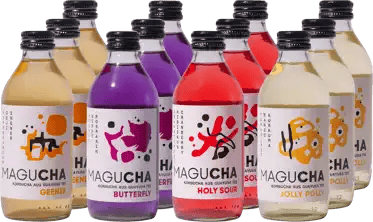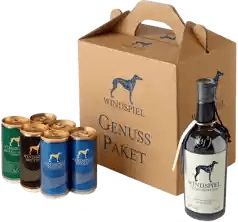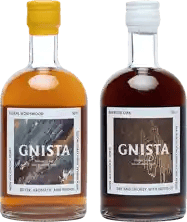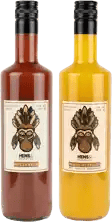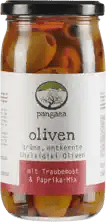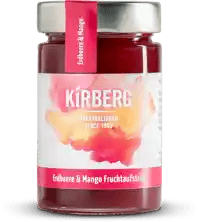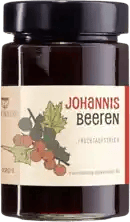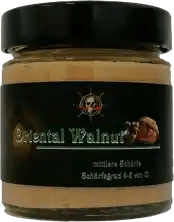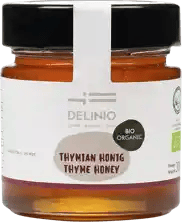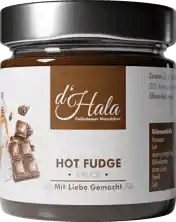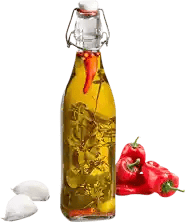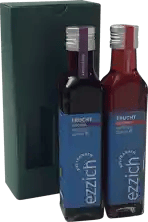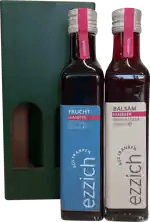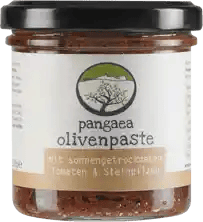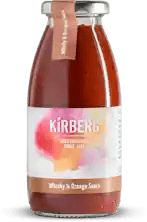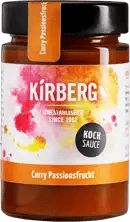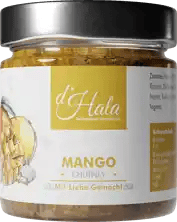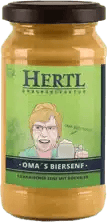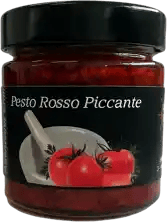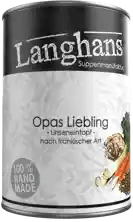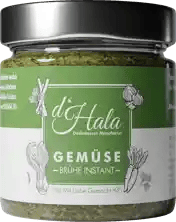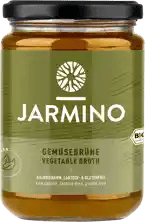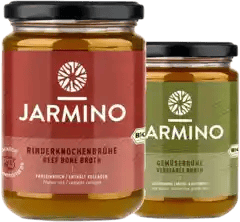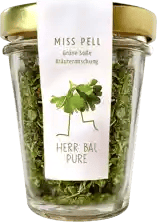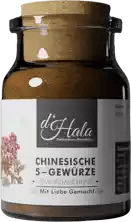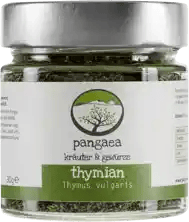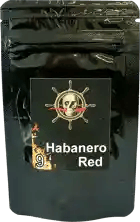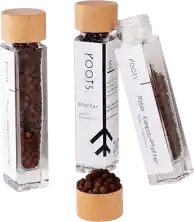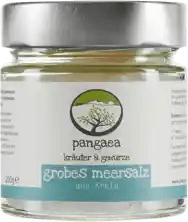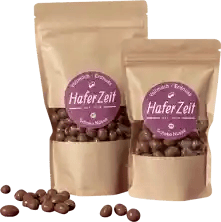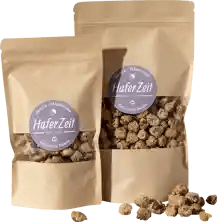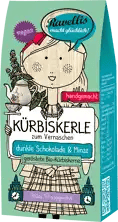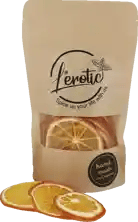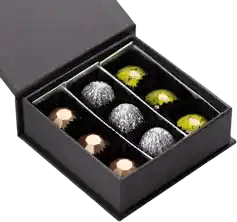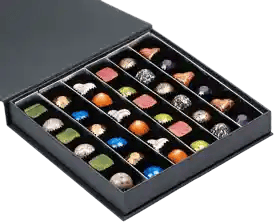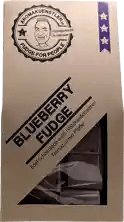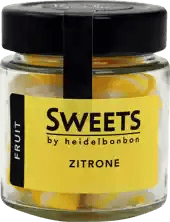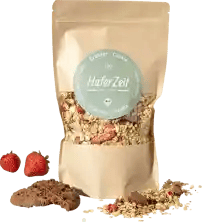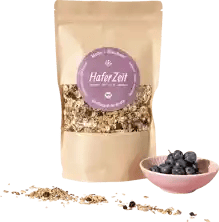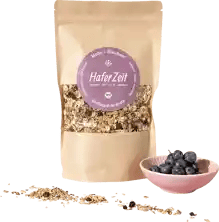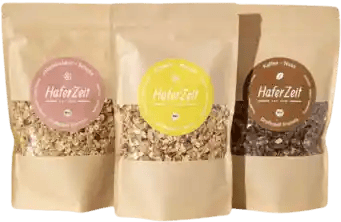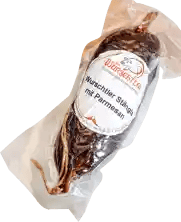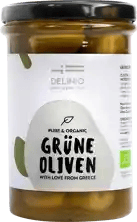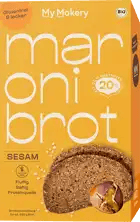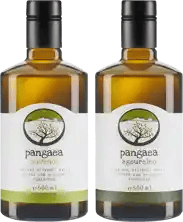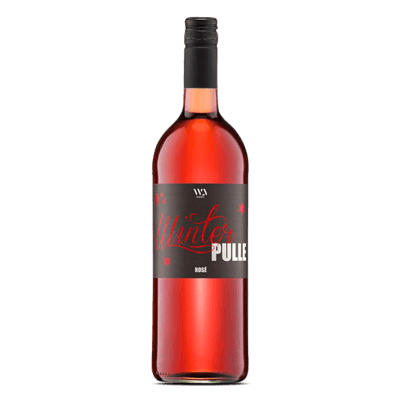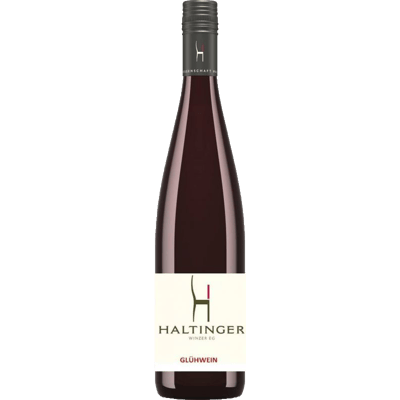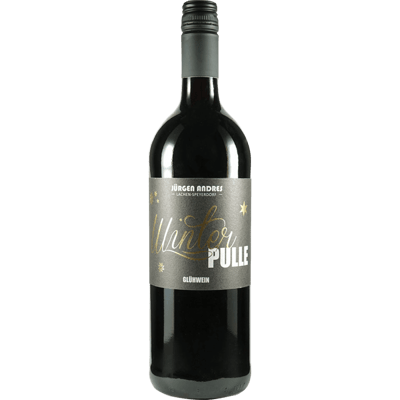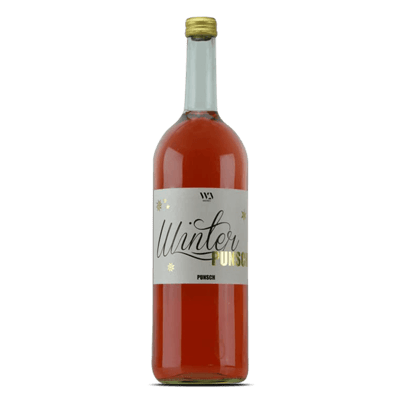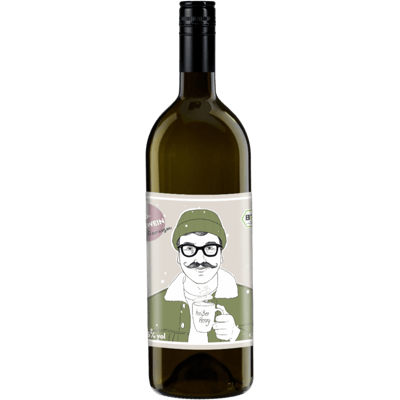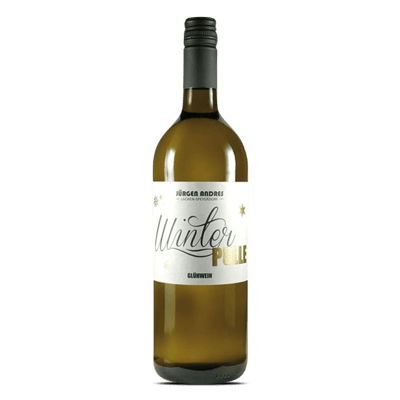Quality instead of quantity!
7,000 independent products
No mainstream
7,000 independent products
Mulled wine: recipe & information about the winter drink
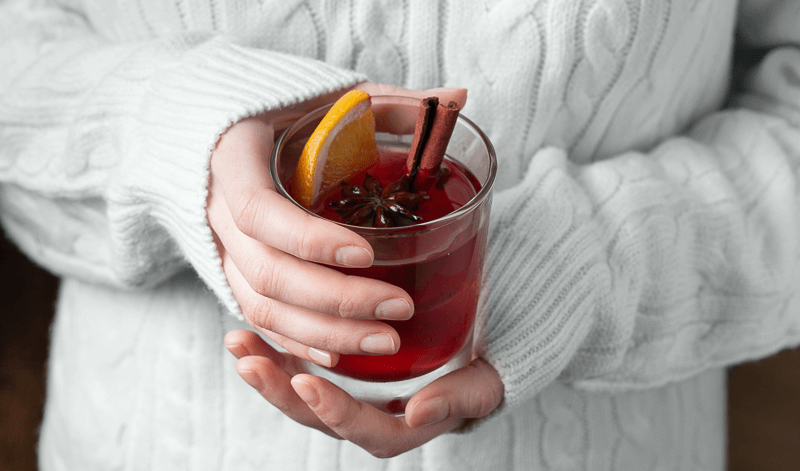
Prefer to heat up ready-made mulled wine from the winery in a pot? Then just click here
Mulled wine - a drink with a long tradition
Like no other drink, mulled wine is synonymous with the joyful anticipation of Christmas during the Advent season. Where people come closer together in the cold season and seek contemplation between candlelight and chimes, the taste of the sweet and spicy liquid provides a homely feeling of well-being.
And this has been the case since ancient times: a recipe for the original form of mulled wine, known as "Conditum Paradoxum", can be found in a Roman cookbook from around 2,000 years ago. At that time, however, spices are said to have been added to the wine to improve its shelf life - and to mask the acidic taste.
What actually goes into mulled wine?
Today, mulled wine gets its typical Advent flavor from spices such as cinnamon, cloves, star anise or cardamom and the addition of citrus fruits such as oranges or lemons and sugar. The perfect mixing ratio depends above all on personal taste - and of course the grape variety used.
While red wine is traditionally used to make mulled wine in this country, the white version is much more popular in northern Italy. For some years now, local Christmas markets and wineries have also been increasingly offering white mulled wine.
In the Main-Spessart region, where cider has its home, it is also often offered as mulled wine at Christmas time. Strictly speaking, however, hot cider may not be called mulled wine, as it is only legally considered a wine-like product and therefore has no place in mulled wine. Yes, this is also strictly regulated: According to the EU regulation for wine products, a mulled wine consists exclusively of red or white wine, is mainly flavored with cinnamon and/or cloves and must contain at least 7% by volume.
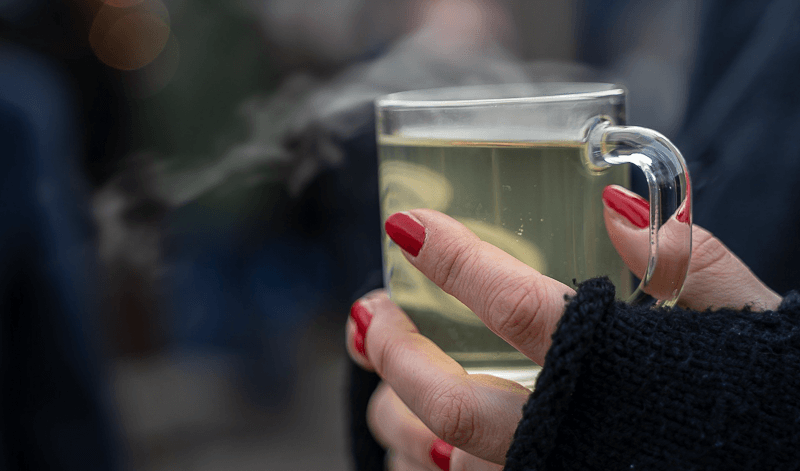
White mulled wine is becoming increasingly popular
According to sommeliers and wine experts, the ideal alcohol content for the winter drink mulled wine is around 11% vol. Wines with a higher alcohol content generally have a higher tannin content - tannins that provide a bitter taste on the finish and are less likely to harmonize with the sweetness of the mulled wine. For this reason, wines matured in barriques are only suitable for making mulled wine to a limited extent.
Pro tip: The optimum drinking temperature for mulled wine is between 60-70°C. It is best to heat it over a medium heat and leave to infuse for around 10 minutes on a low heat.
In any case, there are three good reasons not to heat the mulled wine above 78°C: From this point, the alcohol volatilizes, the spices lose their aromas and a sugar breakdown product is produced that can be carcinogenic.
The right grape varieties
For classic red mulled wine, DIY fans can confidently choose Dornfelder, Portugieser, Pinot Noir or Regent. The traditional grape variety from Italy's Abruzzo region, Montepulciano (e.g. from the Ettore Galasso winery) or the Spanish Tempranillo (e.g. in the 2018 Chavalote from Bodegas Nodus) are also suitable.
For the white version, mulled wine fans are best off with a Chardonnay, Riesling, Silvaner or Müller-Thurgau. Incidentally, mulled wine achieves particularly aromatic notes with bouquet varieties such as Scheurebe or Bacchus. Gourmets are recommended the Louie Louie organic white wine cuvée, for example, which offers a fruity explosion of flavor from Pinot Gris, Sauvignon Blanc and Rivaner.
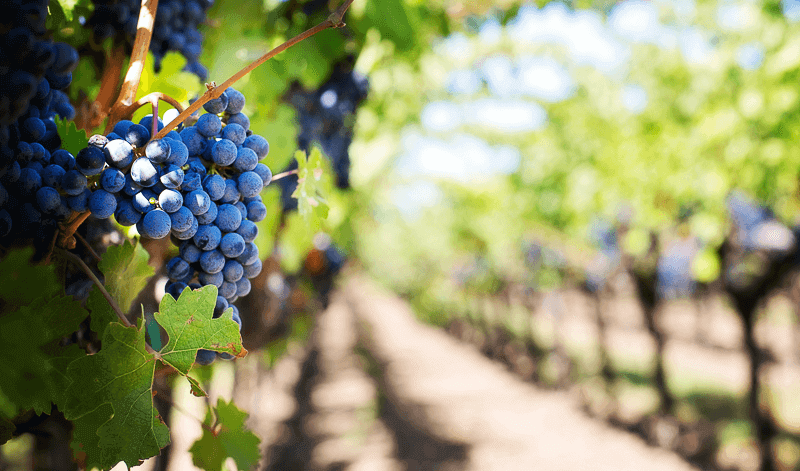
Not all grape varieties are suitable for making mulled wine
Mulled wine recipe
You only need a few ingredients to make mulled wine yourself. Here we have a classic mulled wine recipe for you, which you can add more spices such as cardamom, ginger, vanilla or similar if you wish:
Ingredients:
- 1 bottle of red wine
- 1 orange, preferably organic
- 2-3 cinnamon sticks
- 4-5 cloves
- 3-4 star anise
- 3-4 tsp rock sugar (can be varied depending on the desired sweetness)
Preparation:
- Wash the orange and cut into large slices.
- Pour the mulled wine into a pan, add the orange slices and the remaining ingredients.
- Heat over a low to medium heat until it steams (do not boil!) and leave to infuse for approx. 10 minutes. Pour into cups or glasses and your homemade mulled wine is ready.
Buy vintner mulled wine
If you don't want to find the perfect mixing ratio of wine, sugar and spices yourself, but prefer to rely on the expertise of specialists, you can also buy ready-made mulled wine. Winterpulle from Weingut Andres, for example, is particularly popular and offers both red and white mulled wine as well as non-alcoholic winter punch. We also recommend Heisse Kuss from the Bus winery: the red mulled wine is made from Dornfelder, the white from Müller-Thurgau.
Caution is advised with mass-produced industrial mulled wine: Cheap, low-quality wines are often used and flavorings are added. This is not only reflected in the taste, but also in a headache the next day. Better: opt for mulled wines from winegrowers. Not only are they guaranteed to come from our own vineyards and our own production, they also generally offer a more intense taste experience.
Brilliant!

Bitte bestätige deine Anmeldung noch eben - du hast eine Bestätigungsmail von uns. Klicke darin auf den Link. Danach bekommst du deinen Rabattgutschein.


